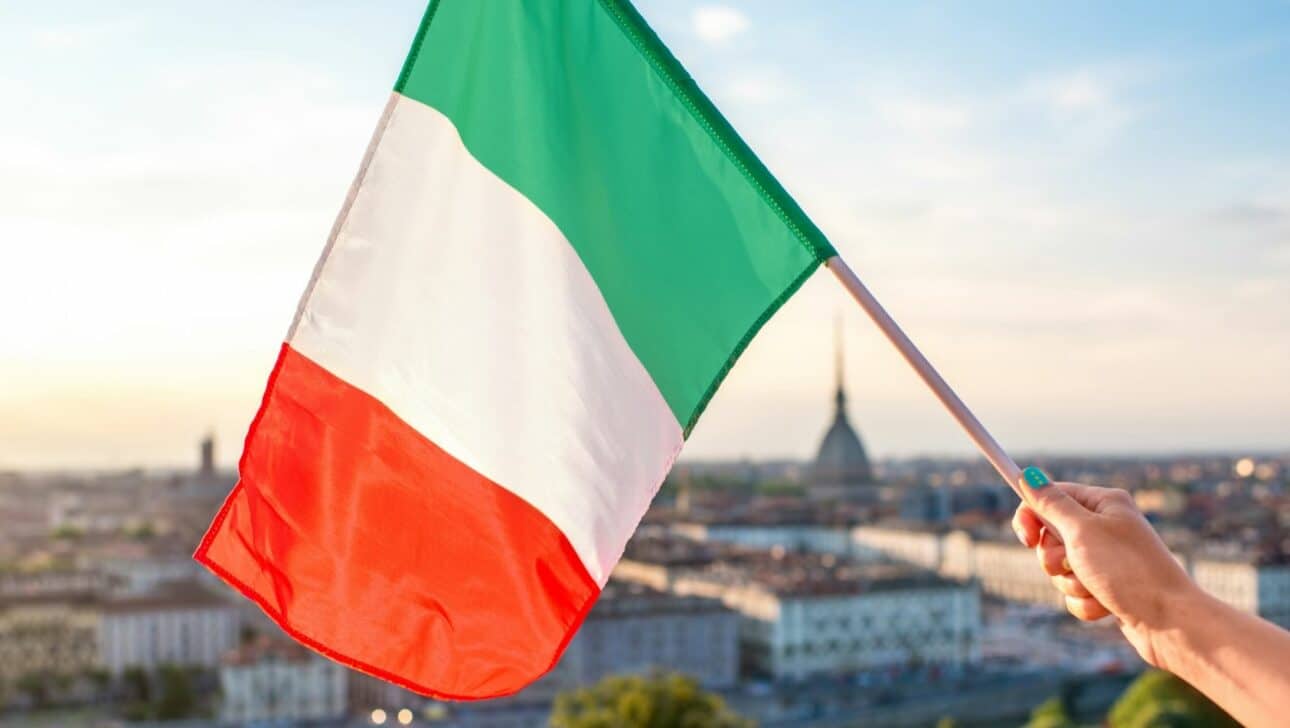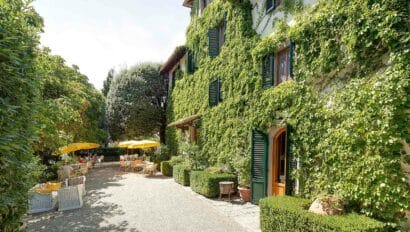From the beautiful sun-splashed cliffs of the Amalfi Coast to the snow-capped peaks of the Dolomite range, Italy is hard to match for sheer variety. The same is true of Italian traditions, a few of which have made their way to American shores brought here by Italian immigrants.

Some of these are well-known, like attending a Midnight Mass on Christmas Eve; others, like celebrating Valentine’s Day, have roots in ancient Roman rituals and festivals. But there are a number that are known only to locals and experienced Italian travelers – and some of these are definitely unique.
Here are 5 Italian traditions that range from unusual to downright bizarre.
Sicily’s Puppet Theater – Opera dei Pupi
If you’re looking for gastronomic celebrations, Sicily is the place to go for your Italian walking tour: from festivals that celebrate chocolate making to those that celebrate the island’s famous tuna, it seems that there’s always a food-focused event happening on the island. But Sicily’s most unusual tradition is the Opera dei Pupi, a puppet theater performance, and it has everything to do with the island’s medieval past.
During the Middle Ages, Sicily was seen as a prized possession for warring empires – Arab armies conquered the island in 827 AD, and over the next several centuries, the Germans, the French, and the Spanish followed suit. Put on during holidays, the Opera dei Pupi puppet shows typically involve Sicilian marionettes dressed as knights, battling other puppets dressed as foreign invaders. What makes these shows unusual is that the dialogue is often improvised – no two Sicilian puppet shows are alike. You love watching it during your Sicily tour.

Italian Bagpipes? Yes, Bagpipes.
Take one of our Florence Italy tours during early December and you won’t be surprised to see Christmas decorations everywhere. What WILL surprise you: the sound of bagpipes.
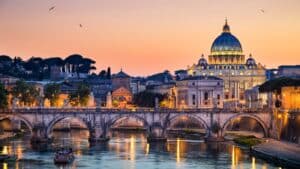
Scotland doesn’t have the only claim to bagpipes; varieties of the instrument are found all over Italy. In fact, bagpipes weren’t imported to Italy from the British Isles; it was the other way around. The original version of the instrument likely came from Mesopotamia, and was brought to the Roman Empire during its heyday. Roman legions conquering Scotland brought bagpipes with them.

Depending on what part of Italy you’re in, you’ll find different versions of the noisy instrument. In the north, for example, there’s the baghét, which had a bit of a resurgence among Milanese musicians in the 80s and can often be heard on Milan’s streets. Travel to the Apennines, and you may hear two different types of bagpipes – the piva and the musa. Head south during the winter holiday season, and you’ll encounter roving bands of pipers – known as zampognari – playing in the streets of Florence, dressed in traditional shepherd’s garb. And if you visit Naples, you may hear the droning sound of that city’s local bagpipe, the surdelina.
The Knights in Doll Masks of Sa Sartiglia
A group of horse riders in blank white doll masks thundering down a city street is not something you see every day. (Yes, the masks are a bit creepy.) During the festival of Sa Sartiglia in Oristano, Sardinia, these riders are the main draw and engage in a competition that’s both a testament to their equestrian skills and their courage.
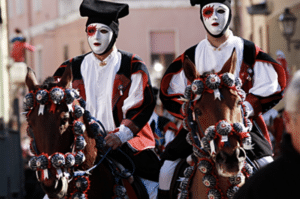
Hanging from hooks some 3 meters off the ground in front of the main chapel are tin stars, each with a hole in the middle. The challenge: to skewer the stars with swords while galloping at full pace – sometimes while standing on the running horse. It’s said that the more stars that are collected, the better the upcoming season of farming and carpentry will be. This unusual three-day event dates back to the 1500’s, but may be older than that. There are differing Sa Sartiglia origin stories: one traces it back to the 2nd Crusades, when knights returning to Sardinia took the opportunity to show off their newly acquired jousting skills as well as their colorful Saracen clothing.
Via San Gregorio Armeno – The Street Where Christmas Lasts All Year
If you’ve always wanted to spend Christmas in Italy, but the timing just hasn’t worked out, the city of Naples offers the next best thing. Famous for hand-crafted Nativity scenes, or presepe, Naples has an entire street devoted to them. You’ll see it all during our Naples walking tour.
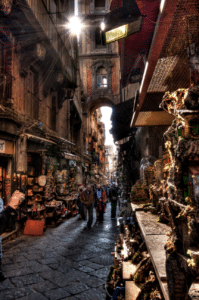
Via San Gregorio Armeno is an epicenter of Nativity scene shops, selling them all year long. Many of these Nativity scenes are painstakingly created by woodcarvers, using traditional tools and methods.
These are truly works of art. But many…are not. Over the years, Biblical figures have been replaced by all sorts of characters, from famous Italian soccer players to TV stars. The Nativity scenes of Via San Gregorio Armeno are a truly unique mix of sacred iconography and pop culture favorites.
The Flight of The Angel – Il Volo dell’Angelo
Many cities in Italy have a version of Carnival, the week-long festival that takes place before Lent. But Venice’s Carnival kicks off with an unusual display known as Il Volo dell’Angelo, or The Flight of The Angel. A young woman is chosen to dress in a traditional costume, with an added set of angel’s wings. She then puts on a safety harness and “flies” from the top of the St. Mark’s Cathedral bell tower across the Piazzo San Marco on a wire, tossing confetti down on the thousands of cheering onlookers a hundred feet below her. It’s truly a unique memory to experience during a Venice walking tour.
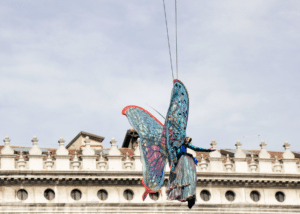
It’s an inspiring and slightly nerve-wracking tradition that dates back to the 16th century; it’s said that during a Carnival celebration, a Turkish acrobat stunned the Venice crowd by performing a tightrope walk across the plaza. In 1759, however, the tradition was put on hold after that year’s acrobat fell to his death and wasn’t performed by a live person for decades – wooden dummies were used. But thanks to modern safety harnesses, the tradition of having an actual person perform the flight was revived in 2001, and remains incredibly popular.
These are only a few of the unusual traditions you’ll find in Italy. No matter when you go, or which region of Italy you visit, you’ll find a festival or a special place that celebrates what Italians call la dolce vita. Explore more fun and unique Italian traditions for yourself when you join us on any of our Italy tours.

